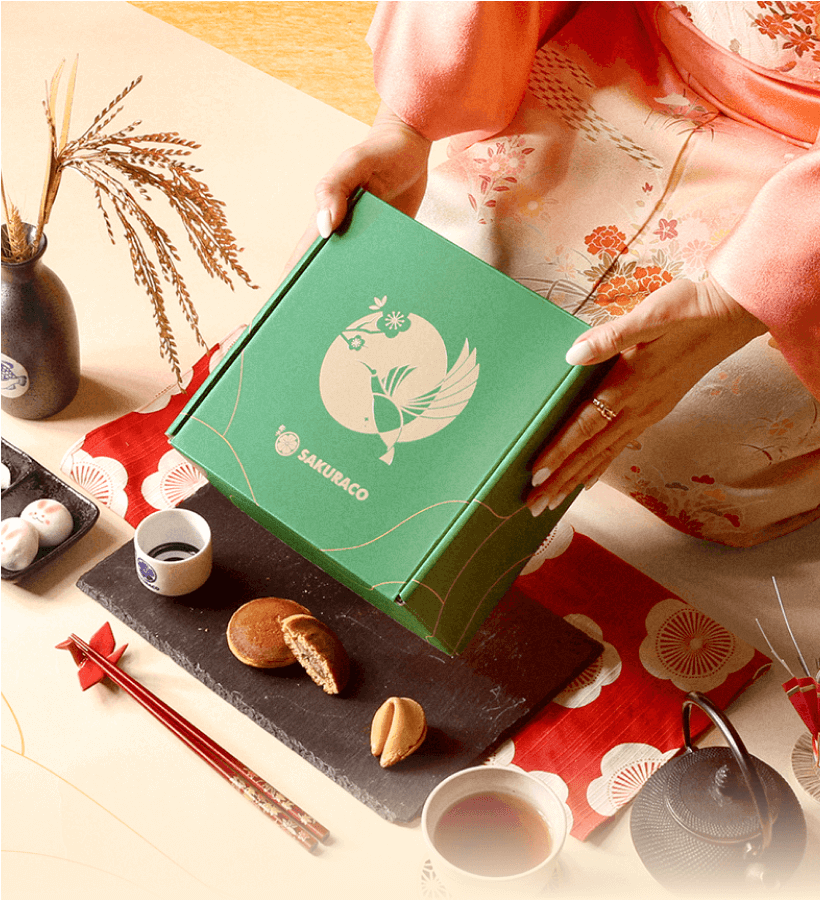The camellia is one of the most common flowers in Japanese art. Its bold colors and elegant shape appear in paintings, kimonos, and traditional patterns. But did you know people also use this flower in skincare and haircare? People have admired camellias for centuries for their beauty, strength, and healing qualities. Let’s explore their history, their meaning in art, and how people in Japan still use them today.
Table of Contents
ToggleWhat is the history of the camellia in Japan?
Camellias, known as tsubaki in Japanese, have been loved in Japan for over a thousand years. These beautiful flowers, with shiny green leaves and soft petals, are native to East Asia. They have been part of Japanese life since the Heian period (794–1185). At first, they were used for medicine and religious ceremonies, but people began to admire them for their beauty over time.
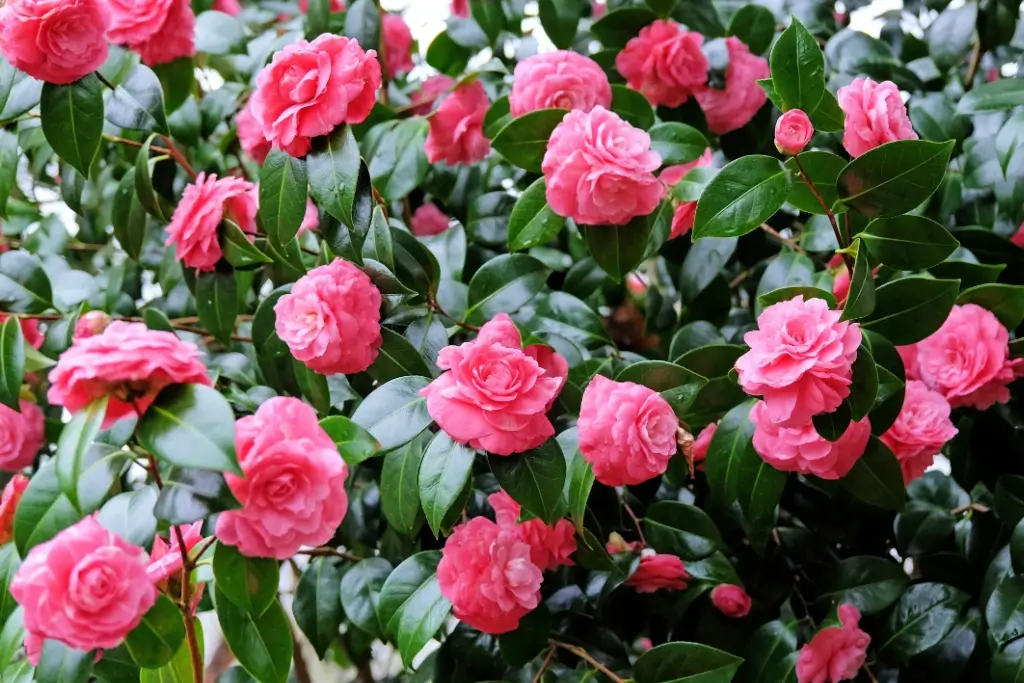
During the Edo period (1603–1868), camellias became very popular. Samurai, nobles, and tea masters grew them in gardens and used them in tea ceremonies. Artists and poets also found inspiration in camellias. The flower represented elegance, strength, and the shortness of life. Cherry blossoms fall individually, but camellias drop all their petals simultaneously, giving them a more substantial and dramatic feel. Due to this, some people saw them as unlucky.
Even so, their beauty couldn’t be denied. In the 17th and 18th centuries, they were sent to Europe, where people quickly fell in love with them. Today, Japan still takes excellent care of its camellia traditions. Places like Niigata are known for developing new types and studying these beautiful flowers. Additionally, they are famous in Goto, Nagasaki, where they used to symbolize kakure kirishitan (hidden Christians).
Symbolism and importance of camellias in Japanese art
In Japanese art, artists use the flower to symbolize beauty and strength. The Nihon Shoki (Chronicles of Japan), written in 720 CE, first mentions the flower and praises its resilience. In the eighth century, people introduced herbalism from China, which deepened the appreciation for healing plants like tsubaki and enriched cultural expression. By the 17th century, Japanese scholars had established herbalism as a formal field of study.
This growing interest in nature helped elevate the flower’s role in traditional art. During the Edo period, the camellia became a beloved subject in scrolls, woodblock prints, and kimono designs. Tokugawa Hidetada, the second shogun, supported the arts and helped promote the flower as a graceful and symbolic motif. Artists like Utagawa Hiroshige featured them in quiet landscapes and scenes of daily life.
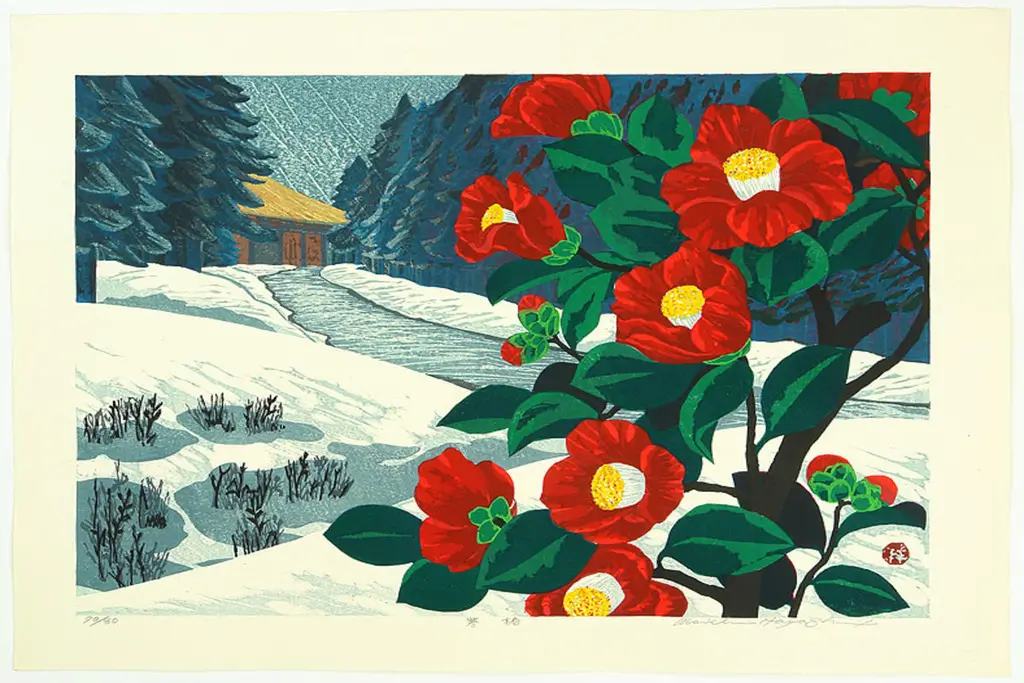
What are some notable aspects of the camellia in art?
Their round shape and vivid color made them stand out in kacho-ga (bird-and-flower paintings), where they reflected the gentle beauty of the seasons. Blooming in winter and early spring symbolized calmness, elegance, and the strength to endure hardship. Camellias were also admired in China, appearing in paintings and porcelain as early as the 11th century.
They became a key motif in Japan’s wagara (traditional pattern design), especially during the Meiji period. These floral patterns still appear today in everything from fabrics to ceramics. A single tsubaki blossom in a painting can express quiet emotion, from hidden love to peaceful farewells. These flowers inspire artists and storytellers across generations with their bold yet graceful presence.
Are you looking for great snacks that capture the essence of traditional Japan? Check out Sakuraco! Sakuraco delivers traditional Japanese snacks, teas, and sweets from local Japanese makers directly to your door so you can enjoy the latest treats directly from Japan!
Use in Japanese Cosmetics
People in Japan highly value camellia flowers not just for their beauty, but also for their skincare benefits. For centuries, they have extracted oil from camellia seeds (tsubaki oil), and used it in cosmetics. It is rich in Omega-3, -6, and -9 fatty acids, anti-aging polyphenol antioxidants, and vitamins A, B, D, and E. These nutrients help moisturize and nourish the skin and hair, making the oil a favorite in beauty routines.
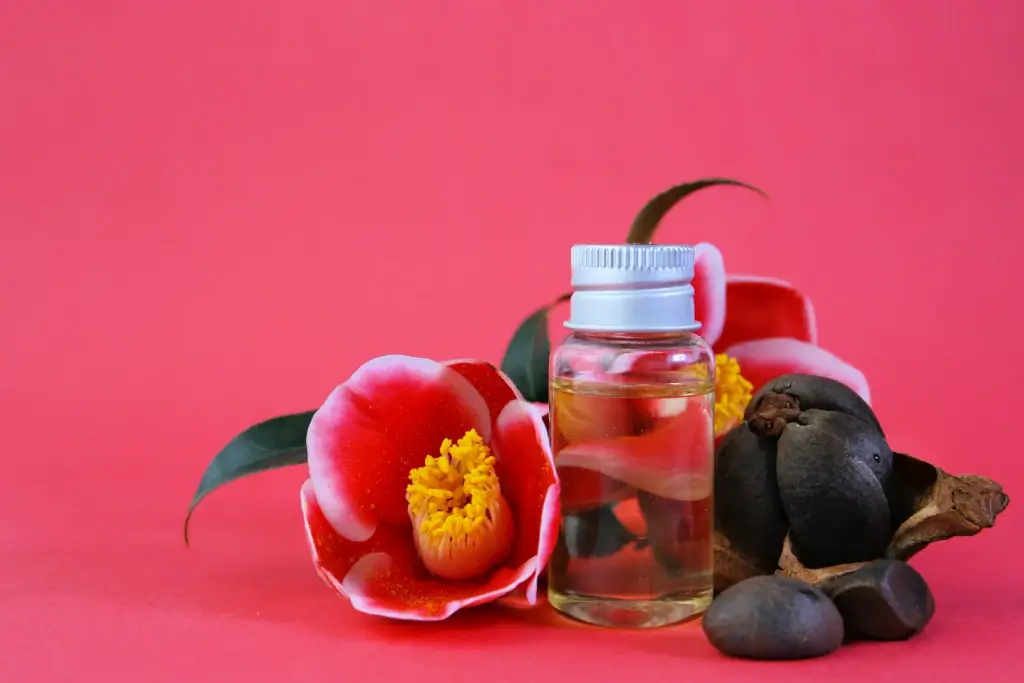
One of the most well-known uses of tsubaki oil is in hair care. Women in the Heian period used oil to protect their hair from dryness and harsh weather. Even today, Japanese hair care brands include it in shampoos, conditioners, and hair masks. It helps to hydrate the hair deeply, add shine, reduce frizz, and prevent split ends. The oil works without making the hair heavy or greasy, so it remains popular.
The oil is praised for its deep hydration and anti-aging effects in skincare. It is commonly found in moisturizers, facial oils, and serums. The oil’s antioxidants help shield the skin from pollution and sun damage. Its anti-inflammatory qualities also calm irritated or sensitive skin. Since it is light and non-greasy, it’s great for all skin types, including those with delicate skin.
Besides the oil, the flower’s petals are sometimes used in beauty products. They’re usually present in toners, creams, and face masks for their gentle and soothing properties. Petal extracts help refresh the skin, leaving it soft and smooth. This natural ingredient adds a touch of luxury to daily skincare routines.
Why is the camellia important in Japan?
Camellias are important in Japan because people love them for their beauty and meaning. For over a thousand years, people have admired them in gardens, used them in tea ceremonies, and added them to art. The flower represents strength, grace, and life’s short and fragile nature. However, these flowers are not just pretty to look at.
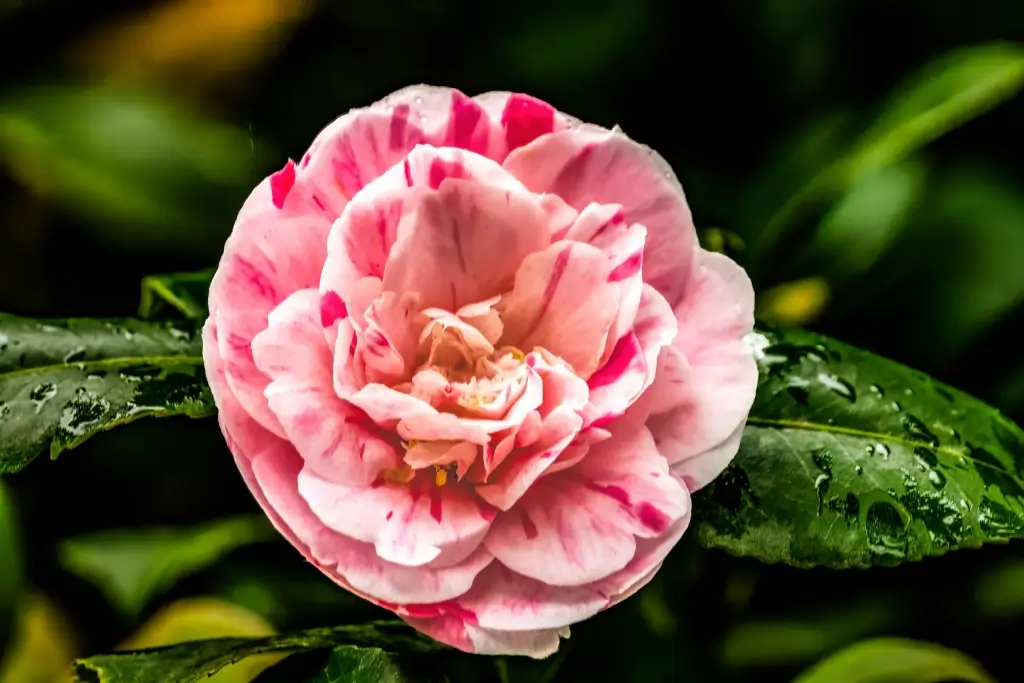
This gentle oil helps keep hair shiny and skin soft, which is why it is still used in many beauty products today. From old stories and paintings to modern cosmetics, camellias have stayed part of Japanese life. They remind people of nature’s quiet power and beauty and continue to be loved across generations. What’s your favorite flower? Let us know in the comments below!
Sources
- Niigata University. “Tracing the demographic history of Camellia japonica and Camellia rusticana“.
- International Camellia Society. “Camellia garden of Tokyo Metropolitan Oshima Park“.
- Izu Oshima Geopark. “Camellia Japonica“.




